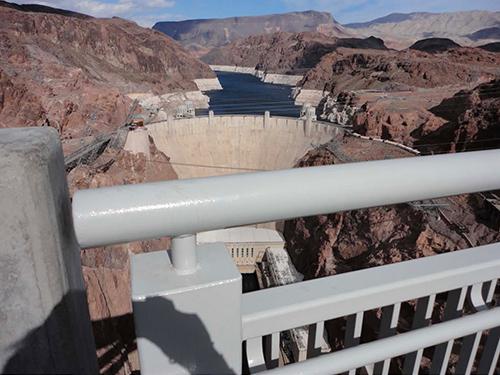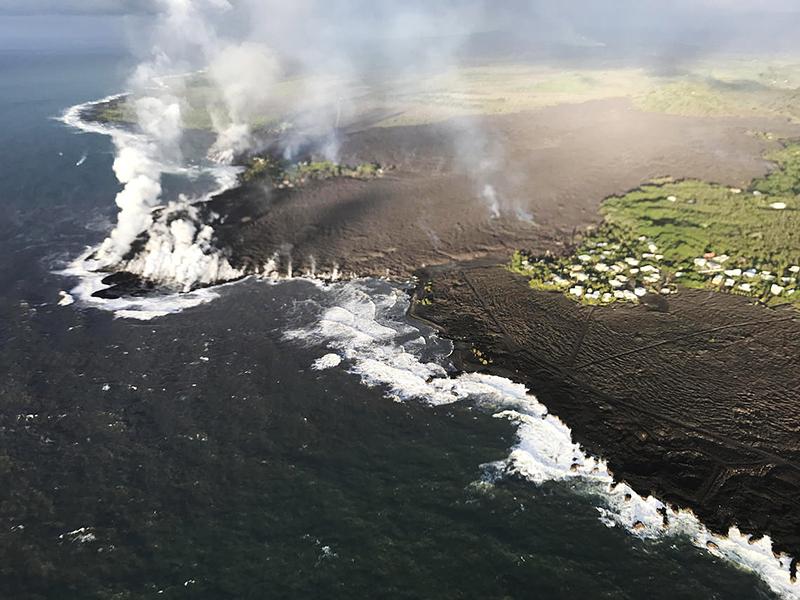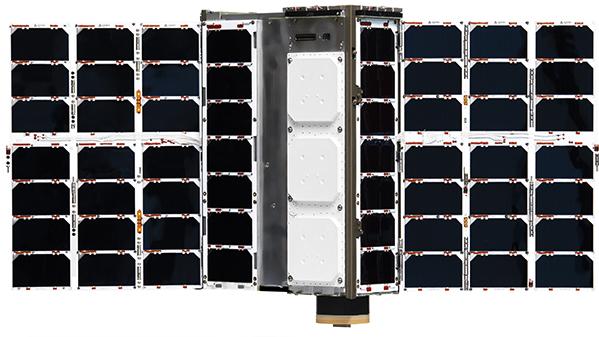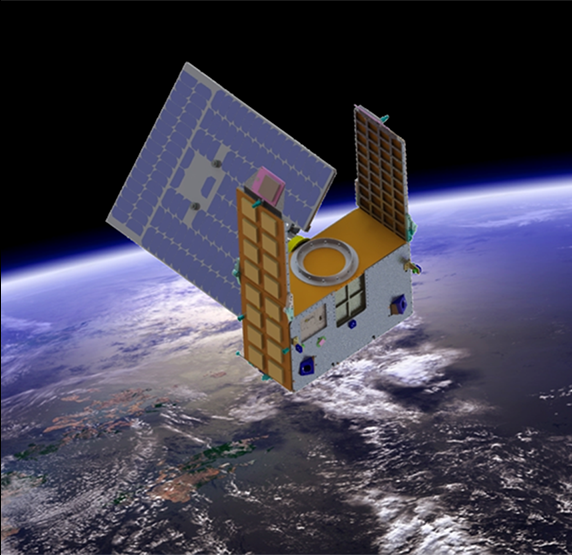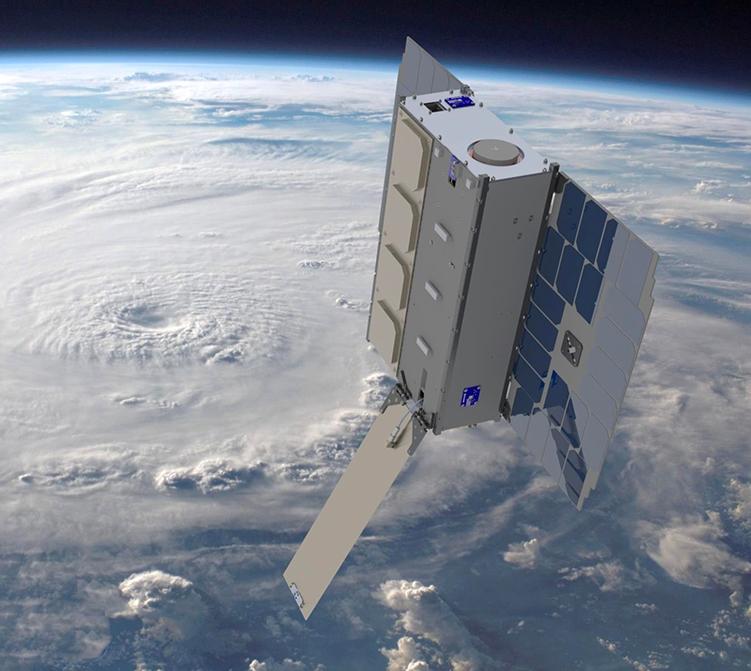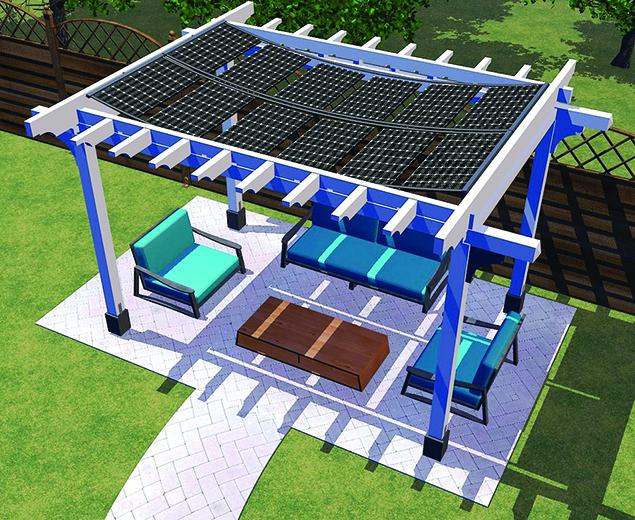Ocean View
Since August 1997, the OrbView-2 satellite has circled the Earth, providing never-before- seen color images of our planet's ocean and land surfaces. The on-board NASA Sea-viewing Wide Field-of-view Sensor (SeaWiFS) is taking these images. The images not only have commercial applications, but scientific researchers around the globe are using them to assess global warming and the Earth's complex biosphere.
A primary job for SeaWiFS is to provide quantitative data on global ocean bio-optical properties to the science community. This satellite sensor is shedding light on the primary productivity of the upper oceans and the fluxes of carbon dioxide and other trace gases across the sea-air interface.
In order to validate SeaWiFS and develop algorithms, Analytical Spectral Devices (ASD), Inc., of Boulder, Colorado, designed the SeaSpec™ spectroradiometer, an underwater system that is autonomous and rated to a submersible depth of 200 meters. SeaSpec™ instruments were developed with NASA Small Business Innovation Research (SBIR) funds through the Goddard Space Flight Center.
Unlike band-pass radiometers that supply just a few spectral bands, the underwater device has two charge coupled device (CCD) spectrometers to provide continuous spectra, from 350 nautical miles to 950 nautical miles. This allows the user to model information received from SeaWiFS, as well as all existing and future satellite sensors. The instrument itself is only 36 inches in length, with its outside diameter of 8 inches being an aluminum pressure housing. The instrument's autonomous operation and power management allow deployment from a float or buoy, which enables the sensor to avoid errors caused by light reflection and shadows from a ship's hull. The spectroradiometer was built to withstand the harsh marine environment.
ASD has been able to commercialize the engine of the spectroradiometer. The CCD spectroradiometers, resulting from the work on SeaSpec™, have been used to create two commercial products. Both now enjoy popular use for coastal research. One product, the FieldSpec® VNIR Dual CCD, allows for a small suitcase-sized spectrometer to be placed in a boat. An attached fiber optic cable can then be lowered 30 feet below the surface, allowing researchers to perform the same studies as SeaSpec™, although not at deep-water depths.
The second product, FieldSpec® VNIR-CCD spectroradiometer, provides the increased sensitivity demanded by many oceanographic applications. With the addition of fiber optic extension cables, this instrument can be used to measure water surface reflected radiance, down-welling solar irradiance, and in-water up- and down-welling infrared radiance to depths of 33 feet to over 65 feet.
Data collected by such ocean placed sensors are important to the planet's future. Solar irradiance measurements, for example, are helpful in understanding Earth's climate system. It is very important to establish and maintain a long-term record of this energy source.
Since 1990, ASD has established itself as a leader in portable spectroscopic measurement instrumentation. A variety of applications are served by ASD equipment, such as portable, visible, and shortwave infrared spectroradiometers for the environmental remote-sensing marketplace. ASD's instruments are in wide use for geology, ecology, agriculture, and marine and coastal oceanography. In this regard, ASD's instruments are exceptional for ocean color, water quality, primary production, underwater visibility, algal bloom characteristics, and sea floor optical characteristics.
SeaSpec™ is a trademark of Analytical Spectral Devices, Inc.
FieldSpec® is a registered trademark of Analytical Spectral Devices, Inc.
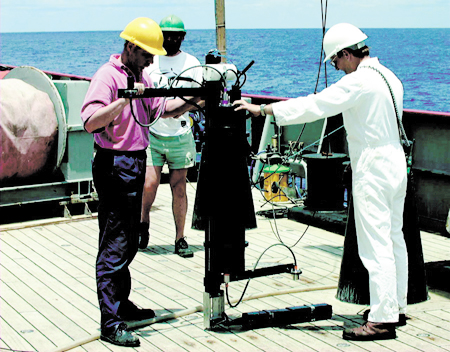
Analytical Spectral Devices, Inc.’s SeaSpec™ spectroradiometer was built to withstand the harsh marine environment.








